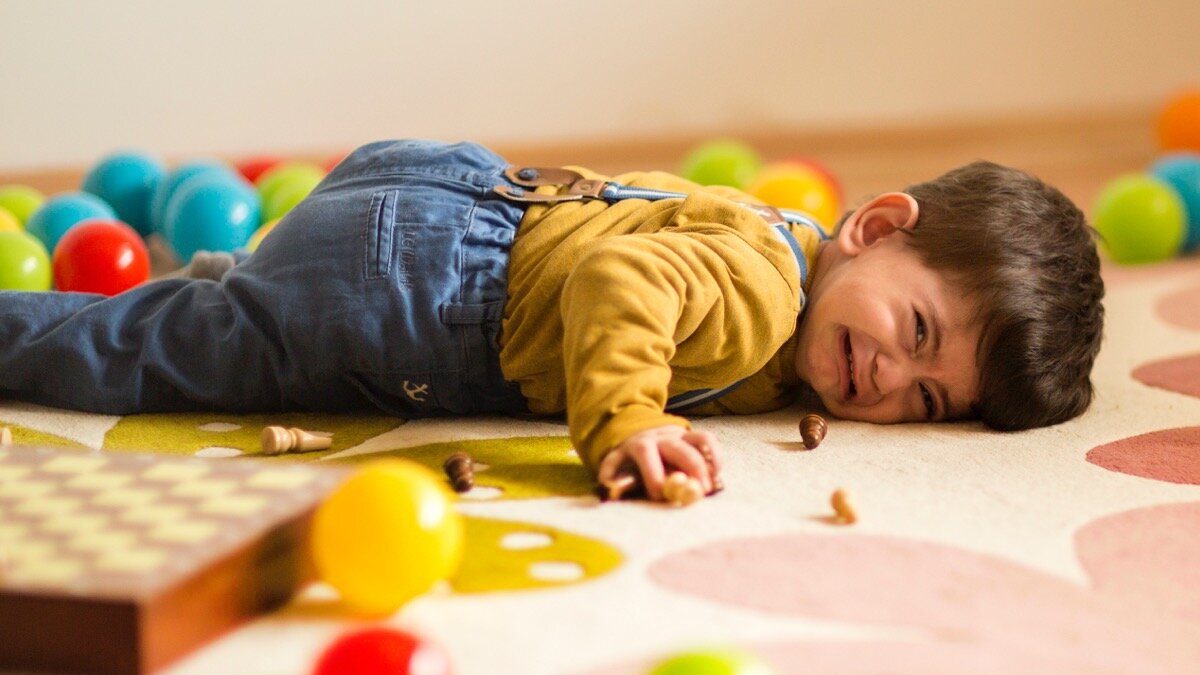In Part 1 of The Sibling Squabbles we discussed the developmental stages of children and what we might see emerge during sibling conflict. Looking at sibling disagreements from the angle of a”it is a teaching opportunity” no matter what stage of development. Children don’t master social skills until early adulthood.
As promised, Part 2 of The Sibling Squabbles will look at some tips to help us as parents manage and work through these parenting challenges. When siblings squabble, our children want us to pick sides, the blame game emerges, the finger pointing, the tears, the behaviours….
It can be very overwhelming and exhausting not to react. Our chaos or calmness can be infectious. Remember when our children are arguing, the spot fire has been fueled and we don’t want to add more fuel to the fire through the way we respond or react.
Here are some tips:
Don’t join their emotional chaos with our own emotional intensity. Yep, their squabbles are going to push our buttons so before we respond check-in with yourself and take some deep breaths if you need to.
Be mindful not to take sides. I know its so hard especially when a child has behaved in a way that may go against the family rules or expectations. We need to eliminate blame as it keeps children in a cycle of pointing fingers, excuses and avoiding feelings.
Instead of approaching the squabble with “who started it?” Lets remind ourselves that they both played a role and explore what the conflict is about and how they were left feeling. For our toddlers and preschoolers keep it simple, state what you see and notice about the situation and what you observe them to be feeling, “I can see that the block tower has been knocked over. Sally you seem sad and Ben are you angry?”
Brainstorming solutions is a great skill to teach children as it is connected to compromise, negotiation and empathy. Before we get to the step of problem solving successfully, children have the need to feel heard and validated. This can sometime rely on us as parents and the way we facilitate the discussion. My advice is to listen to what children are telling us and reflect back to them what we are hearing. Once a children feel understood we can help them think of ways to repair the situation and relationship. We might provide our younger children with two solutions and for our older children we can allow them some space to figure it out together and then ask them how they got to that solution.
We don’t always need to step in and solve the conflict, except for those situations where it becomes verbal, physical or family rules are broken.
Be mindful of how we as adults role model conflict resolution in our own relationships. Our children are watching and our primary school aged children and teenagers have more understanding of our style as they watch us.
Consider your child’s temperament - do they quickly get angry? or do they hold their emotions in? For those children that go from 0 to 100 within seconds, before launching in to find out what has happened take a moment to ‘pause’ and allow them to calm down. When children are in heightened states, its going to be tricky to rationalize with them as they are emotionally charged and the belief that all brains have in heightened states is that “i’m 100% right and its not my fault.” For those children who are more withdrawn; the focus maybe on naming the emotion, sharing your observations of their emotions, inviting dialogue with open questions and repeating back what you have heard.
For primary school aged children and teenagers give each child an opportunity to talk about the conflict. You might like to use this little formula: Allow Child 1 to answers these questions
What did their sibling do?
How you were left feeling?
What I did
How that would have left their sibling feeling?
Child 2 might be bursting at the seams to talk especially as they hear their sibling respond to the first two questions. Once they hear their sibling talk about their own actions and take responsibility for their actions it allows the other children to feel seen, more open to the discussion and take responsibility for their actions as well. These four questions are great for empathy development.
Overall, seeing our children squabble can be difficult just remember as they grow it gets easier, they are learning life skills and it is a very common issue within families. There are so many factors that influence squabbles – temperament, age, social skills and environment.








